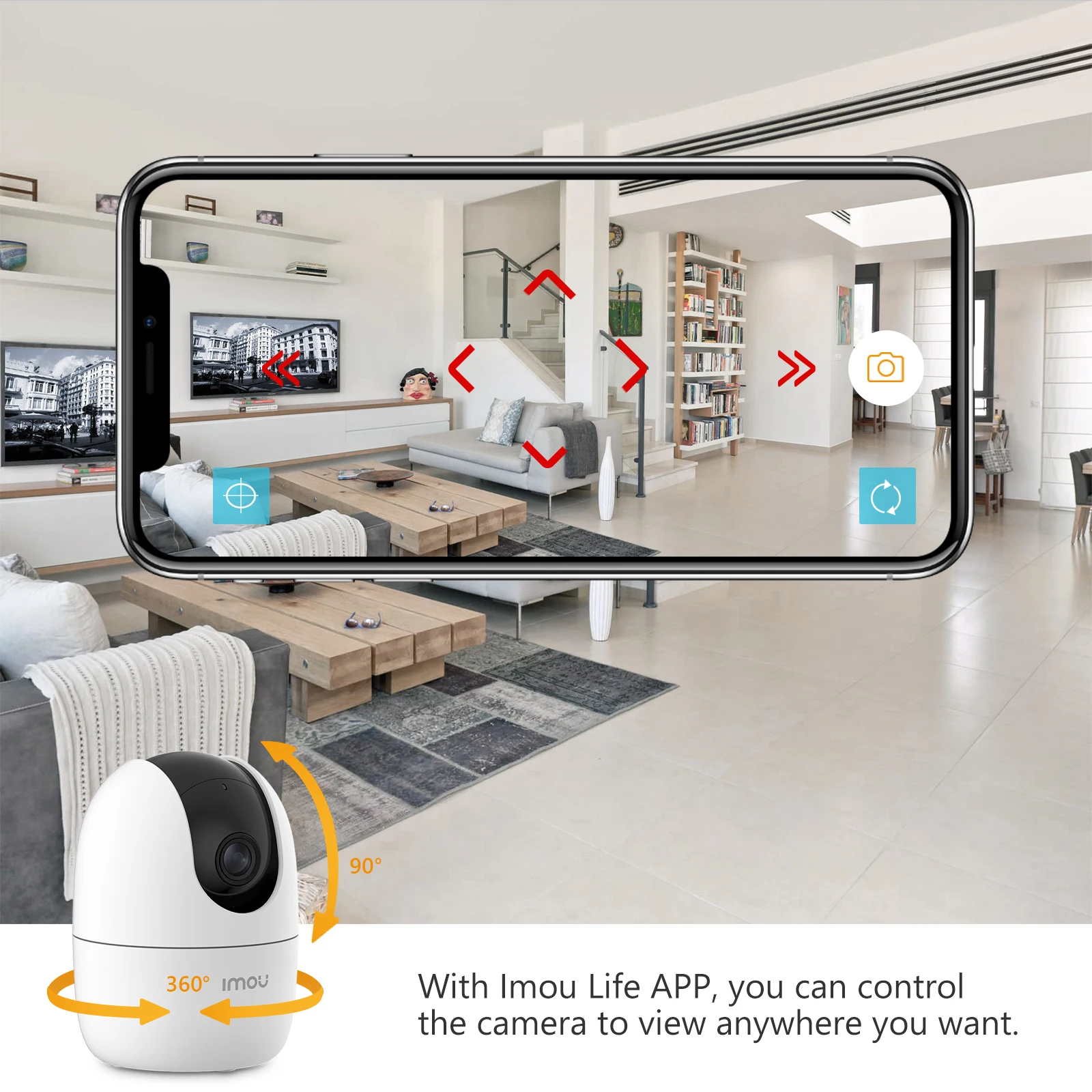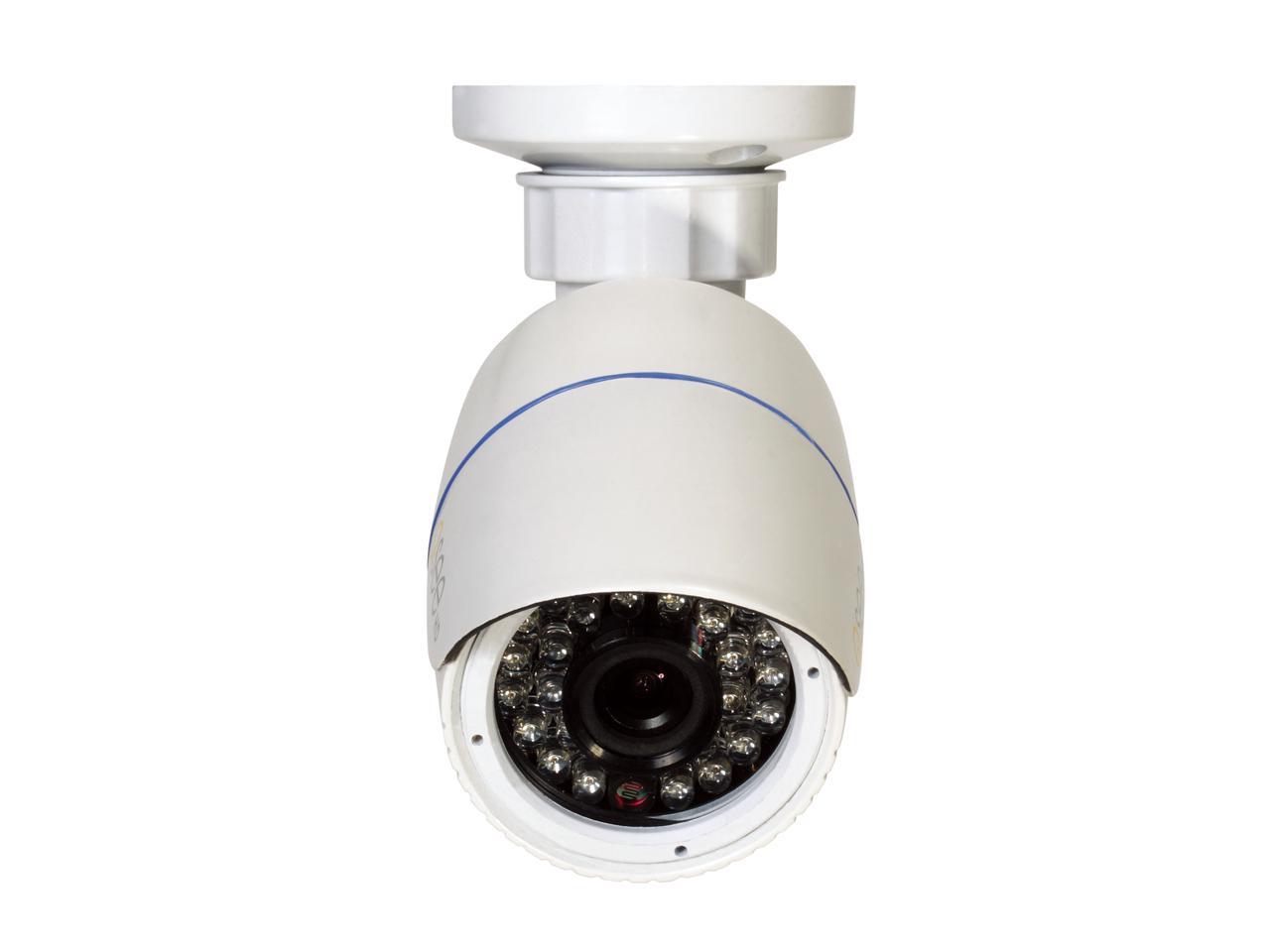

The better quality of the internet you're on will result in higher quality and a less buffering feed. You will need to be connected to the internet to watch your feed online. This method is to be used as a backup if the brand doesn't have a service sign-in.

Again, using the manufacturer's apps or standard login will be far easier than doing this method. As long as it's something that can access a web browser, you'll be good. It won't matter what device you're using to watch your cameras when following these steps. Step 7: Reboot your camera once more, and you should be able to see your feed from your computer browser. This allows you to view your camera stream from anywhere without leaving your computer particularly vulnerable. There should be an advanced networking section within the site or app with a category name like "port forwarding." Different routers, brands, and apps will have different ways to change this information.Įssentially, port forwarding allows data from one device to go directly to another device, bypassing general rules and without revealing other information between the devices. This is something else you'll have to change via your online router settings. Step 6: Change the port forward numbers on your router to your camera's port number. Some routers will have a website to check or an app, while others may just tell you to go to an address such as 192.168.1.1 to get into the settings. This can be found by going into your router's settings online. Setting a dynamic IP address will be helpful, so you don't have to check constantly for this number, but doing so has its list of pros and cons. You'll want to write this down as you'll need it to log into your camera each time. Step 5: Find the WAN/external IP address of your router. Step 4: Reboot the camera and log back into it on your browser. You may want to change it to something away from the default, as some ISPs are picky with default ports. Step 3: Check the settings on browser login to see which port the camera is using. Once you change the router settings, you'll be able to do this anywhere in the world. You'll have to be at home with your camera on the same internet to do this successfully. Step 2: Go to that IP address in your browser. This will be different for every manufacturer but should be relatively easy to find. After that, we can get everything ready to view through a regular browser. Changing settings can be done through an internet browser or the manufacturer's app once you can access those settings. To change your ports, you must be able to adjust your router's settings.

This method of viewing your camera over the internet involves port forwarding. Here are some step-by-step instructions on viewing any general IP camera. While each brand will have its specifics for viewing the cameras, or usernames and passwords to log in with, there's a general way to view each camera.


 0 kommentar(er)
0 kommentar(er)
